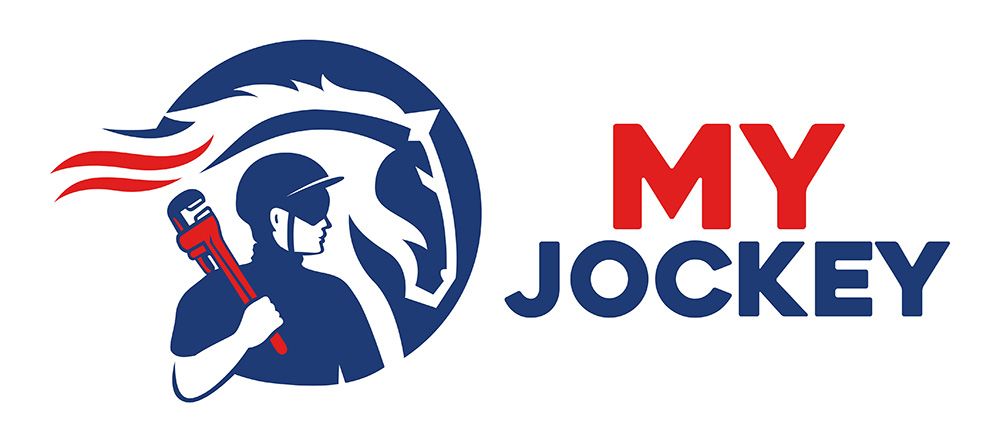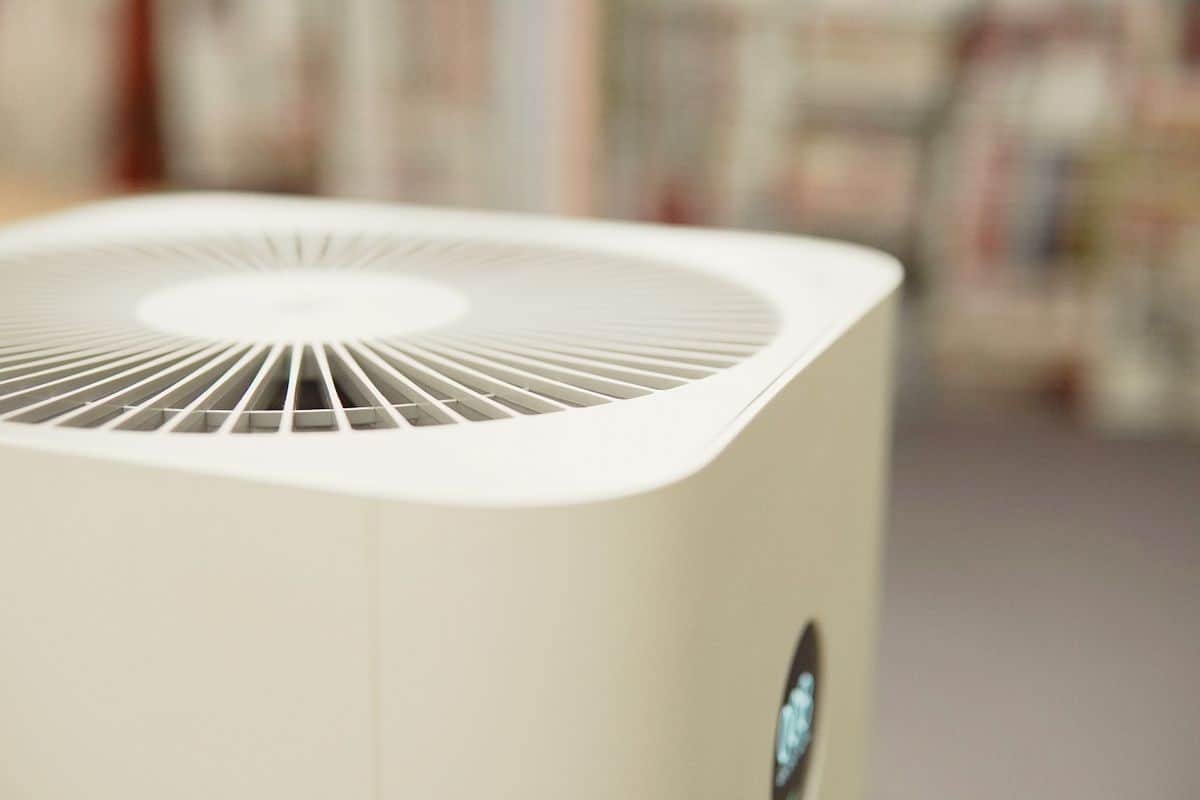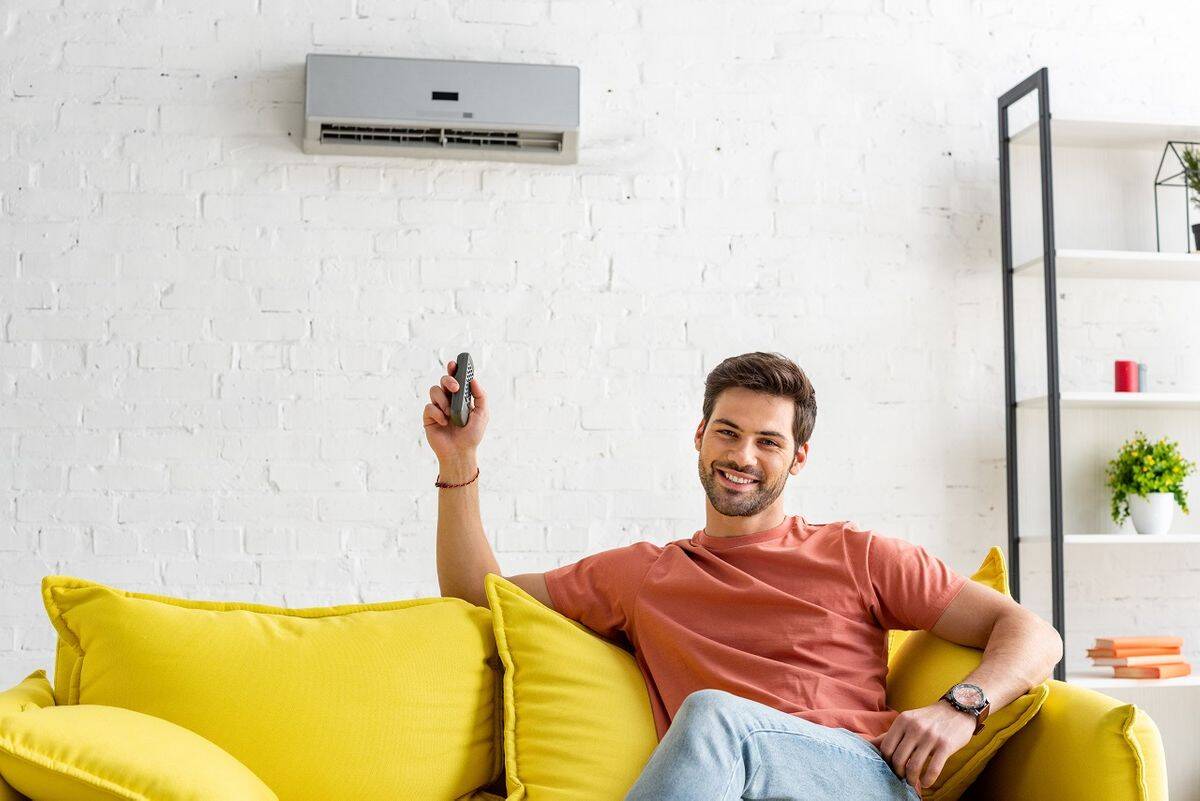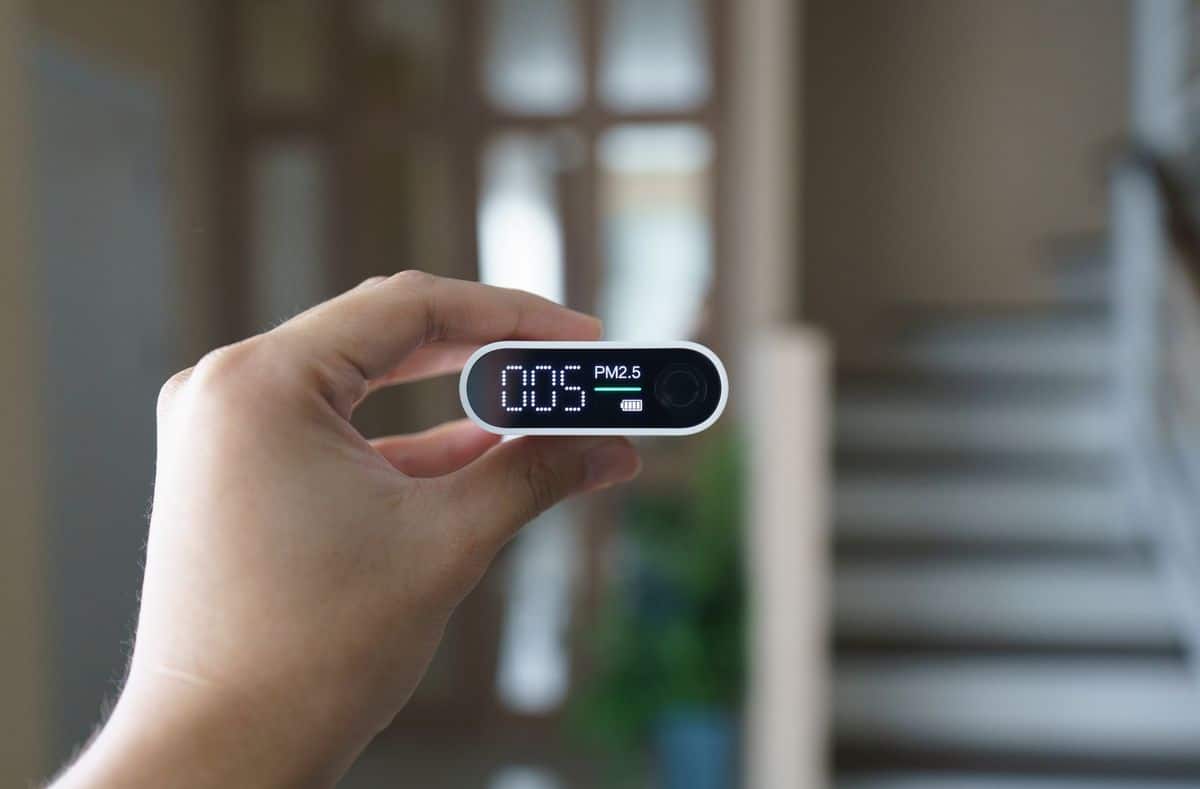Indoor air quality is a crucial aspect of our home’s environment. Good air quality ensures that we breathe in clean, fresh air, keeping us healthy and comfortable. Poor indoor air quality, on the other hand, can lead to various health problems, such as allergies, asthma, and respiratory issues. Understanding the factors that affect indoor air quality and how to control them is essential for maintaining a healthy living space.
HVAC systems play a significant role in improving indoor air quality. These systems not only regulate temperature but also help filter out pollutants, allergens, and other harmful particles from the air. By incorporating specific features and regular maintenance practices, we can significantly enhance the air quality in our homes. This article will explore the different ways HVAC systems can improve indoor air quality and provide practical tips to keep your system running efficiently.
Keep reading to learn how to make the air in your home cleaner and safer with the help of your HVAC system. Your health and comfort depend on it, so taking the time to understand these concepts is well worth the effort.
Understanding Indoor Air Quality and Its Impact on Health
Indoor air quality refers to the cleanliness and healthiness of the air inside our homes. It’s influenced by various factors, including pollution from outdoor sources, indoor contaminants like pet dander and tobacco smoke, and the presence of moisture and mold. Poor indoor air quality can negatively impact our health in numerous ways. Symptoms of poor air quality often include headaches, dizziness, coughing, sneezing, and eye irritation. Over time, prolonged exposure to pollutants can worsen asthma, allergies, and other respiratory conditions.
The air inside our homes can sometimes be more polluted than the air outside. This is because our homes can trap contaminants, especially if we don’t have proper ventilation. It’s essential to recognize the signs of poor indoor air quality so we can take steps to improve it. For example, if we notice persistent dust buildup, stale or stuffy air, or an increase in allergy symptoms, our indoor air quality might need attention. Taking proactive measures to keep the air clean benefits our health and overall well-being.
Effective HVAC Features for Improving Air Quality
Modern HVAC systems come equipped with various features specifically designed to enhance indoor air quality. One of the most significant features is the air filter. A high-quality air filter can trap dust, pollen, pet dander, and other airborne particles, preventing them from circulating throughout our home. Upgrading to a HEPA (High-Efficiency Particulate Air) filter can capture even smaller particles, providing cleaner air and reducing allergens.
Another useful HVAC feature is the built-in humidity control. Maintaining proper humidity levels is crucial for good indoor air quality. High humidity can lead to mold and mildew growth, while low humidity can cause dryness and irritation. Many HVAC systems include humidifiers and dehumidifiers to help maintain the ideal humidity levels, which should be between 30% and 50%. This ensures a comfortable living environment and prevents moisture-related problems.
Some advanced HVAC systems also incorporate air purifiers and UV (Ultraviolet) light technology. Air purifiers remove contaminants from the air, while UV lights can kill bacteria, viruses, and mold spores. Integrating these features into our HVAC system can provide an extra layer of protection, keeping our indoor air as clean and healthy as possible. By understanding and utilizing these HVAC features, we can significantly improve the air quality in our homes.
Simple Maintenance Tips for Optimal HVAC Performance
Regular maintenance of our HVAC system is crucial for maintaining good indoor air quality. One of the most important tasks is to change the air filters regularly. Dirty filters can’t efficiently trap dust and allergens, allowing them to circulate in our home. Depending on the type of filter and the level of usage, we should aim to replace them every one to three months.
Another essential tip is to schedule annual HVAC inspections. A professional technician can check for any issues, such as clogged ducts or leaks, that could affect the system’s performance and air quality. During these inspections, the technician will also clean components, calibrate the thermostat, and ensure the system is running efficiently. Regular professional check-ups can prevent unexpected breakdowns and maintain a healthy indoor environment.
Maintaining good airflow is also critical. Make sure that vents and registers are not blocked by furniture or drapes. Lack of proper airflow can strain the HVAC system and reduce its efficiency. Keeping these areas clear ensures that air can circulate freely, providing consistent and effective air filtration throughout our home.
Additional Strategies to Enhance Indoor Air Quality
While maintaining our HVAC system is important, there are additional strategies we can implement to improve indoor air quality. One effective method is to use portable air purifiers. These devices can be placed in different rooms to offer additional filtration, particularly in areas where we spend the most time, such as bedrooms and living rooms.
Another strategy is to ensure proper ventilation. Opening windows and doors when weather permits can help freshen indoor air and reduce the buildup of indoor pollutants. Using exhaust fans in kitchens and bathrooms to vent moisture and odors outside also contributes to better air quality.
Houseplants can also play a role in enhancing indoor air quality. Plants like spider plants, snake plants, and peace lilies can help remove toxins from the air. Having a few of these plants around our home can naturally purify the air and add a touch of greenery to our living spaces.
Lastly, reducing the use of chemical-based cleaning products can make a significant difference. Opting for natural or eco-friendly cleaning supplies minimizes the release of harmful chemicals into the air. By combining these strategies with regular HVAC maintenance, we can create a healthier and more comfortable home environment.
Conclusion
Improving indoor air quality is essential for our health and comfort. By understanding the impact of air quality on our well-being, using effective HVAC features, and following simple maintenance tips, we can ensure our home remains a safe and healthy place to live. Additionally, implementing extra strategies like using portable air purifiers, ensuring proper ventilation, incorporating houseplants, and reducing chemical use can further enhance the air we breathe.
For those living in Saratoga Springs and The Capital Region, maintaining a healthy indoor environment is crucial. If you need assistance with your HVAC system or have concerns about your indoor air quality, My Jockey is here to help. Our expert team provides top-notch HVAC and plumbing in Saratoga to ensure your home stays comfortable year-round. Contact My Jockey today to schedule an inspection and take the first step towards better indoor air quality.







